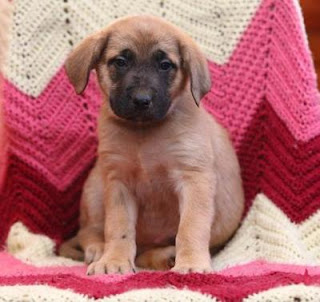

“K” locus – We believe German Shepherds are always recessive “ky/ky,” meaning they are not dominant black like French Bulldogs and Labradors.Purebred German Shepherds can’t be merle. Merle is a marbling of black and white, often appearing in Heelers, Dachshunds, and Aussies. “M” locus – This has genes responsible for merle.To understand why German Shepherds are silver, we need to eliminate a few causative factors from the start. Alleles That Are Not Present In The German Shepherd Breed Only if two copies of recessive genes are present will the recessive gene show up in a form of coat color. Two black and tan parents could carry a copy of the solid black gene, but they will only express the dominant pattern.

Since each parent randomly passes on one of their two gene copies to each puppy, recessive traits can even make appearances in later generations.įor example, a black and tan gene is dominant over a solid black gene. The dominant copy shows up as a physical characteristic, while the other doesn’t appear, and is recessive. If the two copies are different, then one will usually dominate the other. These copies can be identical or different. Scientists have assigned a name or a set of letters to each locus.Įvery set of genes has two copies. German Shepherds are relatively easy since they’re more limited than other breeds.Īlleles for color receive influence from their different locations or loci along the dog’s chromosomes. Dog experts have narrowed color genes in dogs to a limited number. Genes or alleles are responsible for coat colors and patterns in all dogs, not only the silver German Shepherd.

What Causes Different Coat Colors In A German Shepherd? The white coat is pretty undesirable because it resembles an albino German Shepherd, and it will disqualify you from the show ring. And, if the dog has blue eyes, the judges won’t be thrilled either. Washed out colors like blue German Shepherd and livers are considered a serious fault. Silver-grey German Shepherds and silver sable German Shepherds are less common. Darker Shepherds Are More PopularĪll of the 11 listed colors are recognized, but it’s an unwritten rule that strong and rich colors are preferable. It’s more likely for a silver German Shepherd to have large black areas on the body, face, and legs. If you thought a silver German Shepherd is completely silver, you’ll be disappointed. Within this range, black and silver German Shepherds are the most unusual options. When it comes to official German Shepherd colors, we must emphasize that there are 11 in total within the breed description. No matter what you call them, this breed has shown its versatility.Ĭoming from pastoral herding bloodlines to showing its utility as a service dog in police and military forces, there is such a spectacular story and a bright future for this dog breed. The German Shepherd Dog is also frequently referred to as the GSD. Von Stephanitz even dedicated 35 years of his life to improving the breed. The origins of the German Shepherd Dog date back to Germany, when cavalry officer Max von Stephanitz decided he wanted to breed the ideal herding dog. This also means that this color won’t affect the dog’s character, health, or fitness. There are no differences in their origins. History And Origins Of The Silver German Shepherdįirst, what you need to know is that the silver German Shepherd is the same as any other colored German Shepherd. Scientists believe they can explain the unusual color as the action of a modifier on red or tan hairs. A very light-colored coat appears silver or grey next to the contrasting black hairs on a sable dog, or against the backdrop of a black blanket or saddle.

When it comes to German Shepherds, silver can range from cream color to an off-white. That would be ridiculous! Silver refers to any Shepherd with an ott-tan color. 14 Should I Get A Silver German Shepherd? What Is A Silver German Shepherd?Ī silver German Shepherd is not always a grey dog that shimmers.


 0 kommentar(er)
0 kommentar(er)
